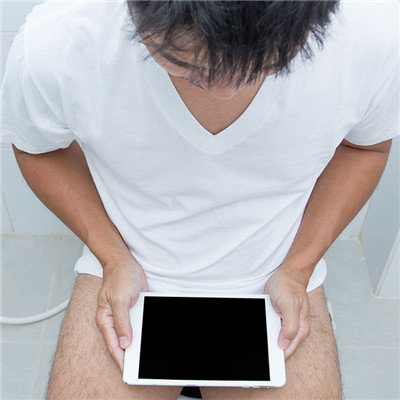How to relieve the symptoms of cold and nasal congestion in baby?
summary
When the baby is sick, the mothers are always very sick and wish they could help the baby get sick. Especially cold, stuffy nose, looking at the baby's breathing is not smooth, sleep is not good, psychological especially anxious. How can we help the baby alleviate this situation?
How to relieve the symptoms of cold and nasal congestion in baby?
1. Stuffy nose but no runny nose. If the baby just has stuffy nose and no obvious symptoms of runny nose, you can rub your hands against each other to raise the temperature of your hands, or use hot water bags, hot water bottles and other tools to warm your hands and cover the baby's head; You can also give your baby a little hat. After a period of time, the baby's nasal congestion can be improved.
2. Nasal obstruction with runny nose if the baby's nasal obstruction with runny nose, and nasal drainage can not come out, then you can give the baby's nose steam bath. You can soak a small towel in hot water and squeeze out most of the water. Fold the towel over and put it in front of the baby's nose. In this way, the steam can enter the baby's nose. After a few minutes, the baby will be able to run out of the nasal mucus, and then use the nasal aspirator to pump each nostril 1-2 times. Steam bath is relatively safe, but it can't last too long. It's best to control it in 10-15 minutes each time. It should be noted that do not let hot water directly contact the baby's skin, so as not to cause burns. Humidifiers and sprayers have the same principle as steam baths, but the effect is slightly weaker.
3. The nasal mucus forms a hard scab if the nasal mucus in the nasal cavity is thick or has formed a hard scab. In this case, you can spray some liquid in the baby's nose, such as normal saline, breast milk or a little vegetable oil. After a period of time, the secretion in the nasal cavity can be softened and discharged when the baby sneezes, or it can be naturally drained after softening. Never use tools or fingers to dig the baby's nostrils, so as not to hurt the baby's nasal mucosa, causing accidental injury.
matters needing attention
When the baby has a stuffy nose, it's better to take care of the blocked nasal cavity before feeding the baby. When feeding the baby, you can let the baby eat for a while and rest for a while, so as not to block the mouth and nose completely for a long time and affect the baby's normal breathing. If the baby has serious nasal obstruction, dyspnea and rapid breathing, go to the hospital in time.















